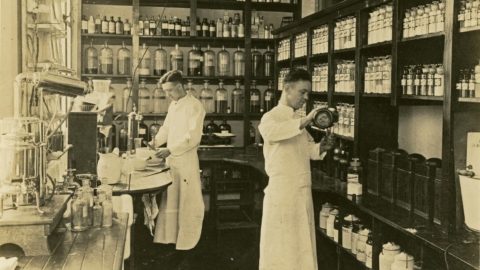Cost Curve was completed pretty late yesterday afternoon. I was a bit embarrassed about shipping it as the sunset (hence the title). And then I logged in today to realize that I never clicked the last “send” button.
So here is yesterday’s news, today.
The plan was for Curve to take an off day today, but the good news is that there’s really nothing shaking, news-wise, on drug pricing this morning. Here’s to everyone behaving so we can all sneak out a little early on this summer Friday.
The National Health Expenditure projections are out from CMS. In some ways, these numbers are too broad to be useful for anything other than gaping at the size of the health care system in the United States, which will break the $5 trillion mark this year. Most of the specific predictions and assumptions should be treated like long-range weather forecasts or horoscopes: plausible but likely wrong. Axios has a nice, tight summary.
STAT has a thoughtful little story about how the $35 insulin cap concept came to be. It turns out that it’s not a Democratic idea or a Republican one, but rather the brainchild of Lilly CEO David Ricks. I’m a sucker for stories about the genesis of creative solutions to health system problems.
There is a ton out there about obesity-med coverage. PSG has a big report on benefit design — more on that later, I would imagine — that notes that 33% of commercial insurers cover obesity meds. In ACA plans, the number is, um, like 1% (as of February, anyway), per new KFF data. And Michigan Blue Cross Blue Shield is eliminating coverage altogether. I don’t have a grand unified theory today about where things are going, but the data gives a pretty good sense of where we are.
The National Association of Chain Drug Stores is going to spend a million dollars-plus to push for PBM regulation, according to Politico.
Democrats on the Senate HELP Committee are kind of “meh” about subpoenaing the president of Novo Nordisk, STAT said. This all feels like made-up drama: the company has said it’s happy to testify, so I’m not sure why the need for theater here.
Health insurance companies — particularly UnitedHealth — are really, really vertically integrated. A Wall Street Journal column by David Wainer makes the point — and defines the danger — eloquently. It is hard to read that story and not conclude that the expansion of United into more of the drug supply chain is, well, unwise.
And one more STAT story today: Andrew Joseph looked at worries that the new pan-Eurpean approach to health technology assessments is going to hammer gene therapies (which, frankly, have been hammered enough) by failing to give manufacturers full credit for efficacy gains unless they’re backed by randomized controlled trials … trials are are often not feasible for rare-disease populations.
Cover image — of Harpswell, Maine — via Flickr user Paul VanDerWerf.





